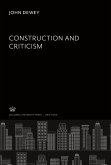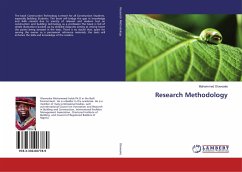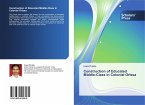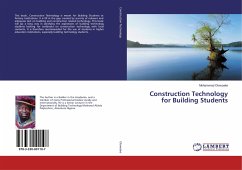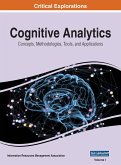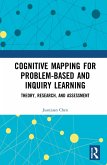Agentive Cognitive Construction Grammar (AgCCxG) redefines language as an adaptive, embodied semiotic system shaped by cognition, interaction, and prediction. Rooted in Peircean semiotics and Active Inference, it sees speakers as agent-interpretants adjusting semiotic representations based on need-driven processes rather than rigid hierarchies. Rejecting dualism, AgCCxG highlights the interplay between semiotic agency, embodied cognition, and adaptive mechanisms, emphasizing the triadic nature of signs-icons, indices, and symbols-as key to meaning-making. By framing language as an evolving system of cognitive adjustment, it underscores the deep integration of linguistic structures with sensorimotor processes, showing that language is not a static symbolic code but a dynamic tool for constructing the world.
Bitte wählen Sie Ihr Anliegen aus.
Rechnungen
Retourenschein anfordern
Bestellstatus
Storno



